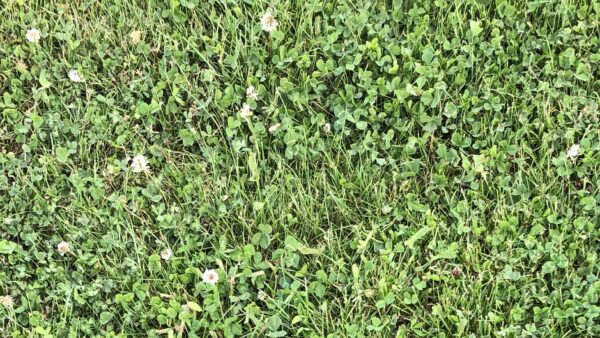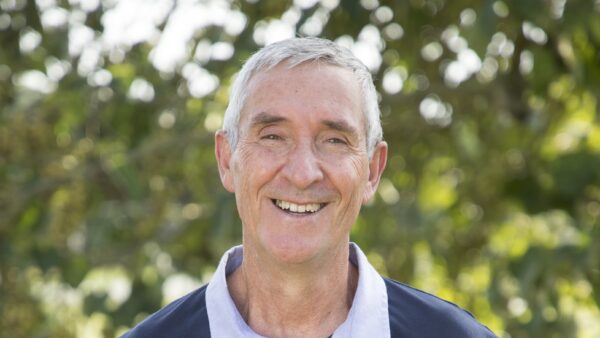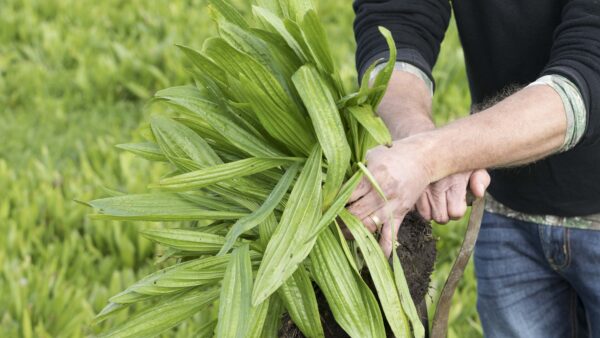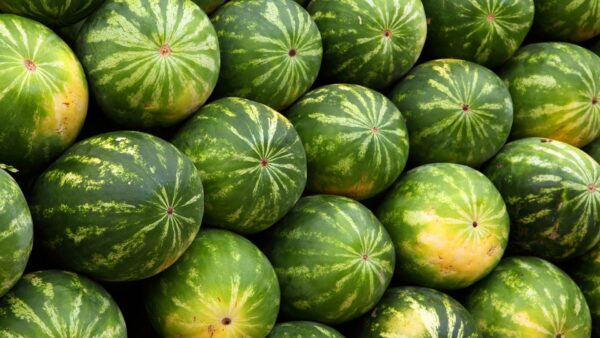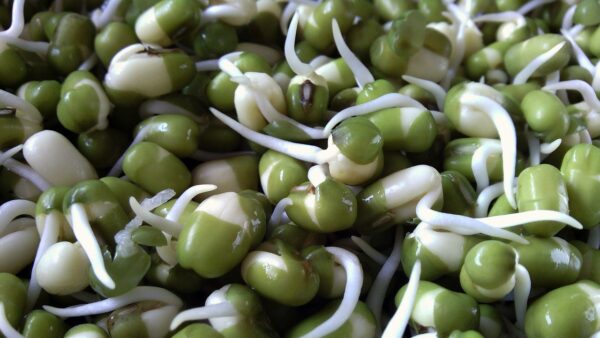Bee Survival Computer Model Adopted By Industry
A computer model, called BEEHAVE, developed to help gain a better understanding of the causes of bee declines, is now being recommend to industry users to assess threats to bees. The model has been developed by Professor Juliet Osborne and colleagues at the University of Exeter. Agriculture companies, Syngenta and Bayer are both using BEEHAVE to assess how their pesticides affect bee colonies and are promoting it to the worldwide agrochemical industry. Understanding pollinator declines is extremely important but carrying out experiments on pollinators, including bees, is very difficult, as so many factors affect them. Laboratory-based experiments cannot accurately replicate the situation in the real world, while experiments in the field are influenced by many factors that make it hard to interpret the results. BEEHAVE and BumbleBEEHAVE allow scientists to study threats to bees in a virtual world based on everything that is currently known about bee biology, and to hone their experiments on real bees. Researchers enter into the model information about available sources of pollen, presence of pesticides, and any diseases affecting a bee colony, and BEEHAVE predicts the eventual colony size, whether it will survive the winter, and the amount of honey it will produce. BumbleBEEHAVE produces similar results regarding the fate of multiple colonies of different species of bumblebee.
Tomatoes Most Popular Vegetable – Bananas Most-Loved Fruit
Dutch IT company, Roamler, has conducted a survey regarding fruit and vegetable trends in 2018. The results: consumers seem to have resolved to eat more fruit and vegetables in the Spring, rather than at New Year. Forty percent of the respondents buy their fruit and vegetables every other day; 47% do so once a week.
The preference for buying fruit and vegetables at the supermarket is highest in the United Kingdom (88%), the Netherlands (84%), and Belgium (82%). In Italy and Spain, the preference for local markets is stronger. Discounters are in the last place, except in Germany, where 26% of people prefer buying from these kinds of retailers.
Promotions influence the choices of 70% of consumers.
About 87% of the respondents use vegetables for dinner, 69% for lunch, and just 5% for breakfast.
The most popular vegetables are tomatoes, potatoes, carrots, mushrooms, and sweet peppers. In Europe, tomatoes are at the top of this list.
For 67% of Europeans, a nice piece of fruit is the ideal snack. Most Italians add some fruit to their lunch and dinner meals (56% and 40% respectively). About 2 out of 10 Europeans do the same when it comes to their evening meals.
Bananas are the most popular fruit (50%) throughout Europe. They are followed by apples (38%), soft fruit (37%), melons (25%), and grapes (24%).
Penn State-developed plant-disease app recognized by Google
A mobile app designed by Penn State researchers to help farmers and others diagnose crop diseases has earned recognition from one of the world’s tech giants.
PlantVillage, developed by a team led by David Hughes, associate professor of entomology and biology, was the subject of a keynote video presented at Google’s TensorFlow Developer Summit 2018, held March 30 in Mountain View, California. The event brought together a diverse mix of machine learning users from around the world for a full day of technical talks, demonstrations and conversation with the TensorFlow team and community.
PlantVillage and its mobile app — called “Nuru,” which is Swahili for “light” — uses artificial intelligence and machine learning to train computers to recognize disease symptoms. When deployed on a smartphone, the app couples with the device’s camera to capture images of diseased plants and provides the user with a preliminary diagnosis with a high degree of accuracy. The user also can get disease-management information and advice.
The program incorporates TensorFlow, open source software for numerical computation using data flow graphs. Originally developed by Google’s Machine Intelligence research organization for the purpose of conducting machine learning and deep neural networks research, TensorFlow is general enough to be applicable in a wide variety of other domains as well, according to the TensorFlow website.
The Google video featuring PlantVillage focuses on the research group’s work in Tanzania, demonstrating how local farmers are using the app to diagnose disease in cassava, an important crop that helps to feed 500 million Africans every day, Hughes noted.
The Absence of Ants – Entomologist Confirms First Saharan Farming 10,000 Years Ago
By analysing a prehistoric site in the Libyan desert, a team of researchers from the universities of Huddersfield, Rome and Modena & Reggio Emilia has been able to establish that people in Saharan Africa were cultivating and storing wild cereals 10,000 years ago. In addition to revelations about early agricultural practices, there could be a lesson for the future, if global warming leads to a necessity for alternative crops. The importance of find came together through a well-established official collaboration between the University of Huddersfield and the University of Modena & Reggio Emilia. The team has been investigating findings from an ancient rock shelter at a site named Takarkori in south-western Libya. It is desert now, but in the Holocene age, some 10,000 years ago, it was part of the “green Sahara” and wild cereals grew there. More than 200,000 seeds – in small circular concentrations – were discovered at Takarkori, which showed that hunter-gatherers developed an early form of agriculture by harvesting and storing crops. But an alternative possibility was that ants, which are capable of moving seeds, had been responsible for the concentrations. Dr Stefano Vanin, the University of Huddersfield’s Reader in Forensic Biology and a leading entomologist in the forensic and archaeological fields, analysed a large number of samples, now stored at the University of Modena & Reggio Emilia. His observations enabled him to demonstrate that insects were not responsible, and this supports the hypothesis of human activity in collection and storage of the seeds The investigation at Takarkori provided the first-known evidence of storage and cultivation of cereal seeds in Africa. The site has yielded other key discoveries, including the vestiges of a basket, woven from roots, that could have been used to gather the seeds. Also, chemical analysis of pottery from the site demonstrates that cereal soup and cheese were being produced.




